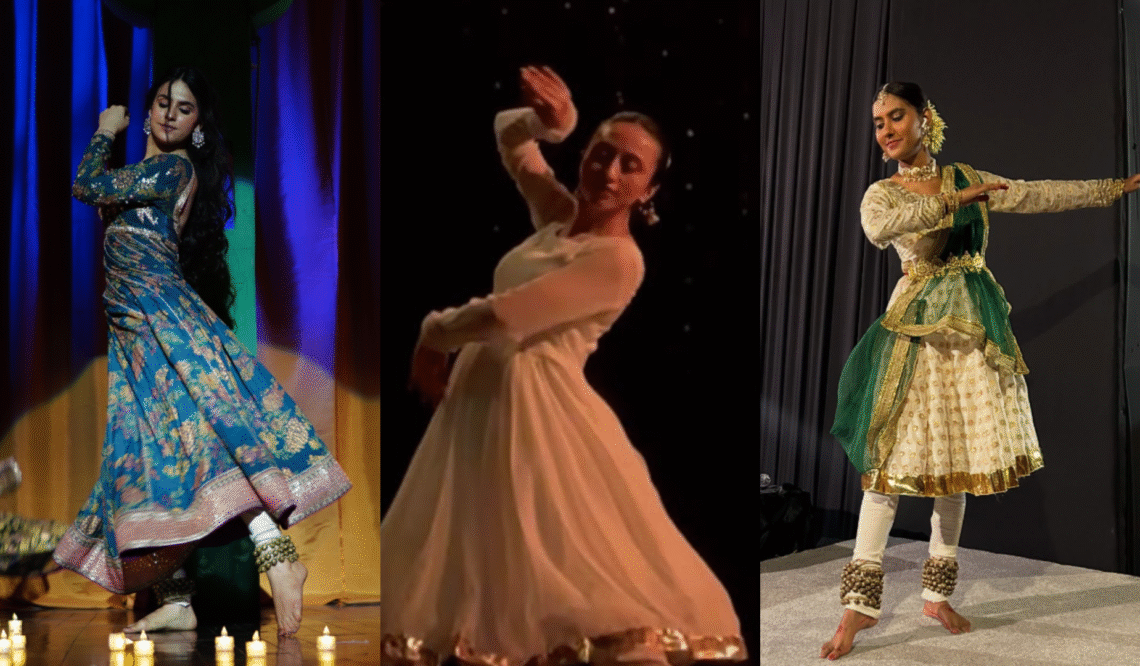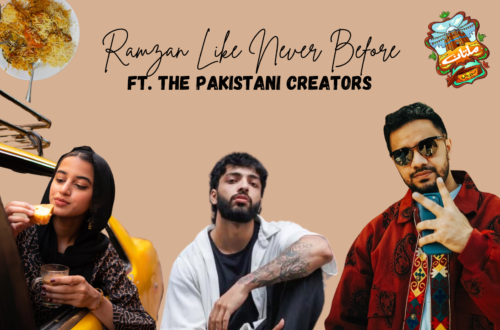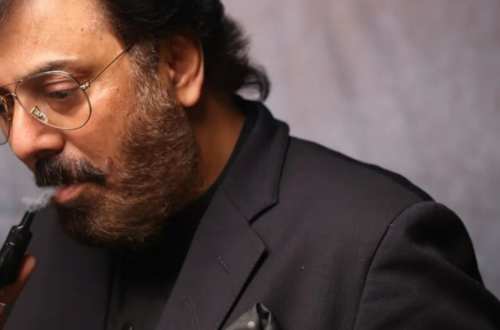Dance in Pakistan doesn’t just mean movement, it means resistance. It means carrying a thousand unspoken messages with your limbs, fighting societal shame with rhythm, and dodging accusations of immorality with grace. Here, the act of a woman dancing isn’t just about expression; it’s about confrontation of history, of patriarchy, of silence.
But for a new wave of young women, dance is becoming something lighter, something joyful, intentional, and completely their own. It’s not rebellion anymore. It’s rhythm as identity. It’s choreography as art, not argument. Whether they’re performing on rooftops, on reels, or under stage lights, these five women are showing that dance can be both deeply personal and beautifully public. They aren’t asking for permission, they’re just dancing because they love it. And through that love, they’re redefining how movement lives in our culture.
Also read: 8 Relationship Red Flags We Ignored in Asim & Merub’s Insta-Love Story
Fatima Amjed — Public Grace and Quiet Defiance
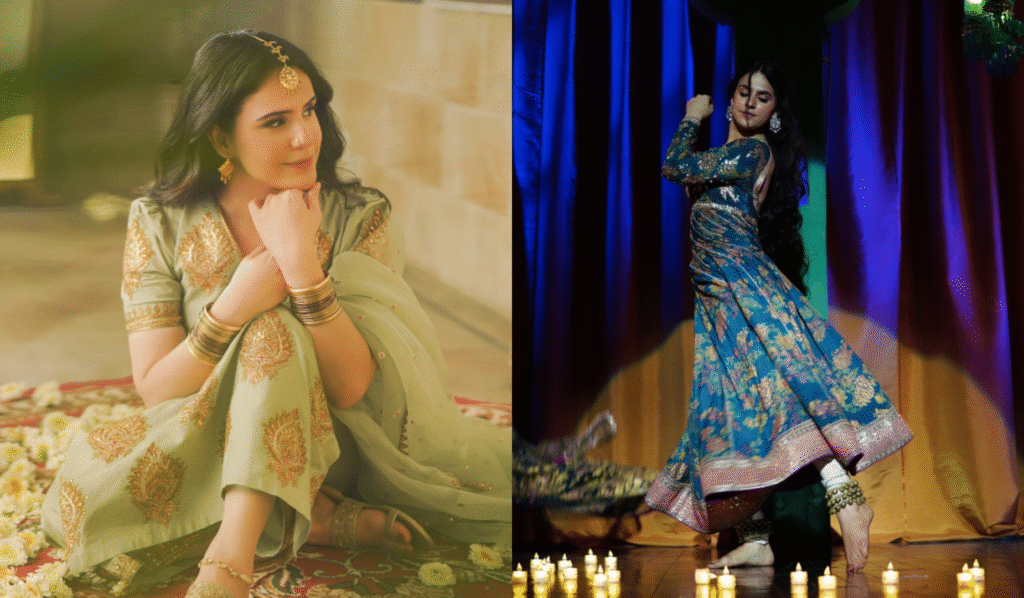
Fatima Amjed (@fatimamjedd) didn’t just step into dance, she reclaimed it. Trained in classical forms, she has spent years studying movement, gesture, and narrative in a country that rarely celebrates its own dance heritage. But she’s not just a performer. She’s a disruptor.
As the founder of Baeyyet, a Lahore-based studio dedicated to storytelling through performance, Fatima doesn’t limit her art to the proscenium. She’s taken dance into the streets, onto the marble floors of Mughal-era courtyards, into the heart of Lahore’s Old City, public spaces where women are not expected to claim artistic space. And with every performance, she unsettles the patriarchal architecture around her.
When her videos began circulating online, the backlash was predictable. She was accused of glorifying tawaif culture. She was shamed for moving freely in a public setting. But Fatima responded not with defense, but with deeper articulation. In interviews and TEDx talks, she makes it clear: classical dance is not a sin. It is structure. It is language. It is inheritance.
Fatima isn’t asking to be allowed. She’s inviting us to remember, to remember what dance once meant to us, before we were told to be ashamed of it.
Tabitha Simrin — The Classical Truth-Teller
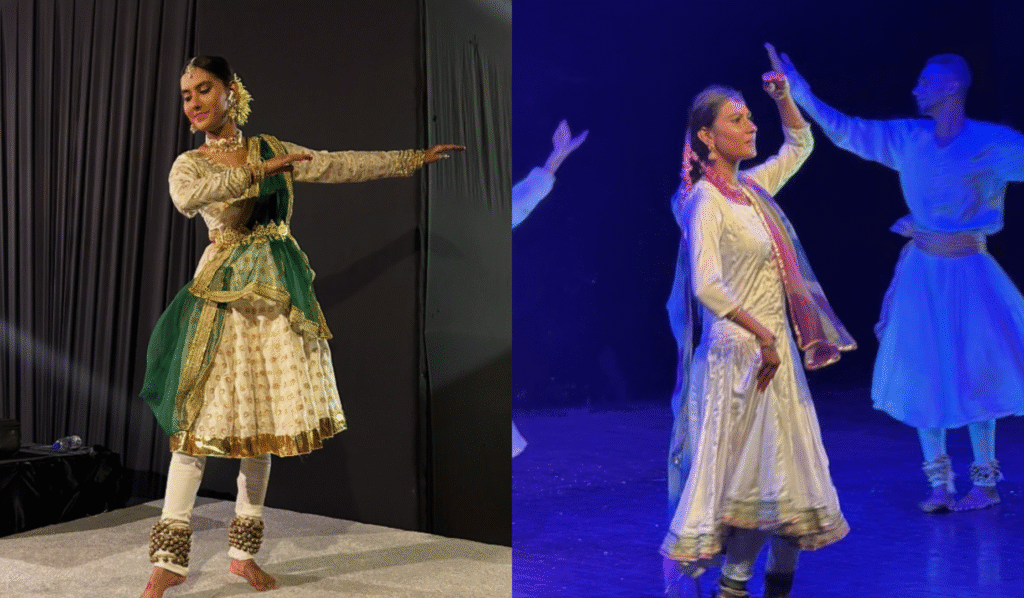
While the world sways toward fast edits and TikTok trends, Tabitha Simrin (@mainachdiphira) stands still. Then spins. Then, it strikes the floor with the sharp resonance of tradition. She is a Kathak dancer, a bearer of classical rhythm, of story, of soul.
In a cultural landscape where classical dance has long been buried under the weight of colonial shame and post-Partition conservatism, Tabitha’s choice to pursue Kathak isn’t just admirable, it’s radical. She performs not for virality but for lineage. Her ghungroos echo centuries of poetry, and her hands paint stories older than this nation.
Kathak demands not just grace but rigor. And Tabitha delivers both. Her footwork is crisp, her expressions layered, her presence almost meditative. There’s a quiet boldness in her, one that doesn’t seek permission, only precision.
Through her work, she reminds us that dance isn’t always about revolution. Sometimes, it’s about return, returning to roots, to tradition, to forms nearly lost. And in that return lies power.
Ermina Khan — The Self-Made Visionary
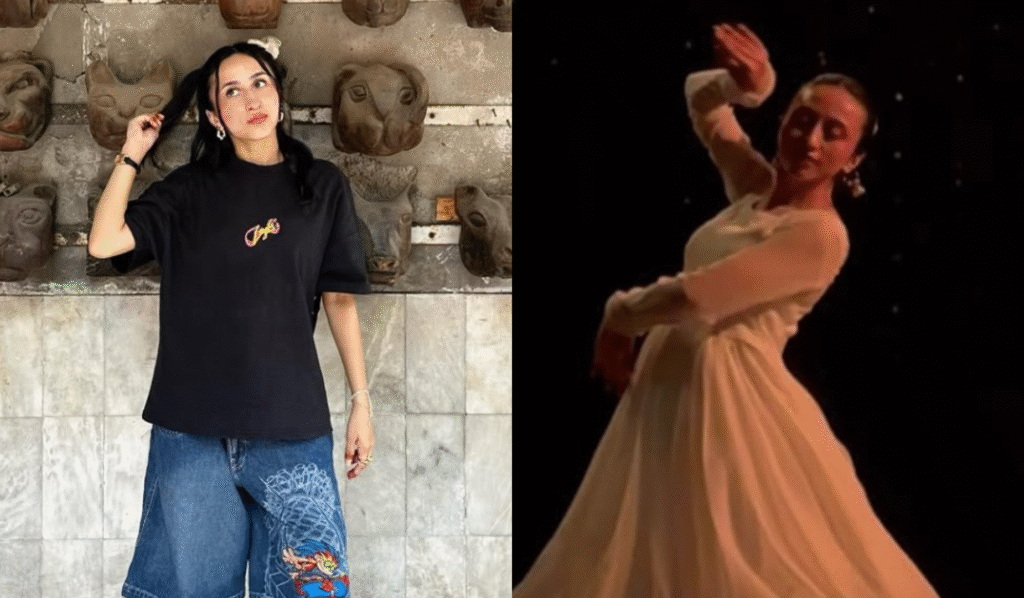
Long before she had an audience, Ermina Khan (@ermdances) had a dream and a screen. At thirteen, inspired by a performance in her school, she fell down a rabbit hole of online dance videos. With no access to formal training, Ermina spent years learning through YouTube tutorials, rewinding the same ten seconds over and over again until it lived in her bones.
She gravitated toward popping and robo, styles that demanded discipline and precision, styles she wasn’t expected to master. But she did. And not quietly. Erum turned her Instagram page into a growing archive of kinetic rebellion. The more she was mocked for dancing, the harder she danced.
Today, she’s a student at NCA Lahore, studying Visual Communication Design, and building a creative vocabulary that transcends mediums. Her movement is deliberate. Her aesthetic is powerful. She dances in heels when she wants to, experiments with genderless styling, choreographs wedding performances, and collaborates with brands, all while fiercely protecting her autonomy. She knows that being a female dancer in Pakistan is still radical. That her existence as a popper is unwelcome to some. But she also knows her worth. And with every video, every story, every spin, she reminds her audience that self-taught doesn’t mean second-best.
Reham Rafiq — A Dancer with Natural Flow
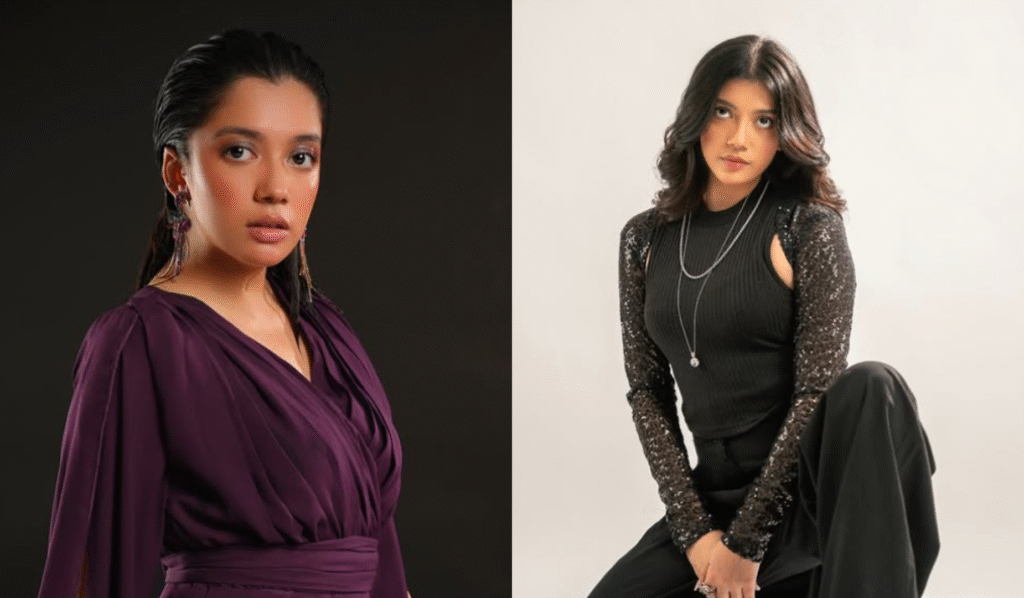
Reham Rafiq’s (@rehamrafiq) connection with dance feels effortless, like something that’s always been a part of her. Whether she’s performing a quick reel or dancing on stage, there’s a calm confidence in her movement that draws you in. It doesn’t feel forced or overly choreographed, it feels real, relaxed, and rooted.
While many know her from television, Reham’s dance videos have created a quiet presence of their own. Her expressions are thoughtful, her lines are clean, and her musicality shows a natural understanding of rhythm and grace. There’s a lightness to the way she moves, like she’s enjoying every second of it, and letting the audience enjoy it with her.
That same joy came through during her own wedding too, when Reham embraced her mehndi dances with an ease and delight that felt refreshingly unfiltered. In a world where brides are often weighed down by expectations, watching her simply have fun was a light-hearted moment Pakistani brides need to see more often.
Reham doesn’t position dance as anything bigger than what it is for her, something she loves, something she’s always been close to. And that quiet honesty is what makes her movement so memorable.
Moeeza Khan — Movement with Mastery
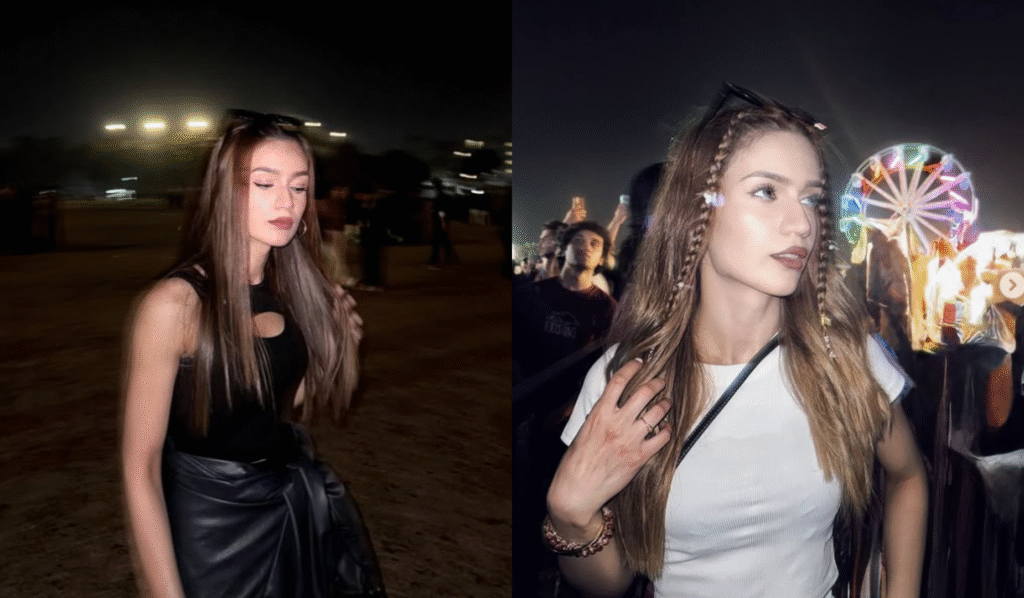
Moeeza Khan (@moeezakhann) doesn’t need to explain who she is, her body of work speaks for itself. While many may first identify her as the sister of actress Hira Khan, Moeeza has crafted her own creative identity, one that is anchored in discipline, elegance, and unmatched technical finesse.
She’s not just another girl who can groove. Moeeza has performed in Coke Studio music videos, arguably the most iconic platform in the Pakistani music ecosystem. And her role wasn’t ornamental. It was choreographic. Every step and gesture was precise, thoughtful, and integrated into the music. She wasn’t there to look good, she was there to move the performance forward.
Moeeza blends modern choreography with cultural depth. Her movement is neither loud nor performative for the sake of attention. Instead, it’s composed, intricate, and deeply studied. She’s a quiet storm, a woman who lets her movement speak, and when it does, it commands the room.
She’s part of a new generation of dancers who understand that performance doesn’t need spectacle. It needs presence. And Moeeza’s presence is impossible to ignore.
Also Read: Pakistani Dramas Gave Us the Most Legendary Fashion Moments
Just Doing What They Love
For these five women, dance is just something they love. It’s how they connect with themselves, how they express joy, how they feel at ease in their bodies.
There’s no bigger agenda, no need to explain, defend, or impress. They dance because it feels good. Because it feels right.
And maybe that’s enough.
